Almost five years ago I published a post about art advisers, those hard-working middlemen and women who match up artists with corporate clients, budding collectors, or homeowners in the throes of renovation. Enough has changed since that time that the subject seemed worth revisiting. For one thing, more and more galleries may be facing extinction as the pandemic continues to take its toll. For another, the undiminished popularity of Instagram has made it easier for advisers and artists to seek out one another. (For the purposes of this discussion, please note that I am using “consultant” and “adviser” interchangeably.)
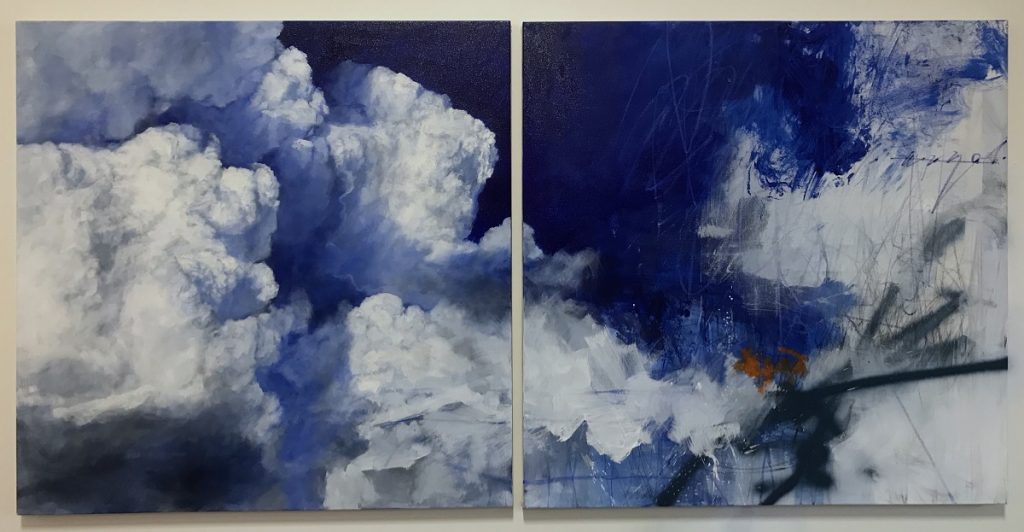
Peter Roux, Equities (a distance falls), oil, acrylic, charcoal, and spray paint on canvas, diptych, 40 by 80 inches
As with dealers, advisers may be very high end, like Allan Schwartzman and Kim Heirston, who typically find blue-chip art for blue-chip clients and hobnob in the Hamptons with the likes of Elle McPherson and Cindy Sherman. (But it’s not always smooth sailing, even at the top of the line: last week Rudy Giuliani’s art consultant filed suit against her client for more than $15,000 in unpaid bills.)
“There are consultants who work with narrowly defined periods of art,” says artist Peter Roux, who specializes in ethereal paintings that often combine billowing cloudscapes with abstract elements. “There are consultants who work only with pieces priced at more than $10,000. And there are people who are more than happy to work with emerging artists.”
Roux says he has “active relationships” with about seven or eight—“’active’ meaning I’ve done something over the past six years. I might not hear from a consultant for a while, and then suddenly she will get in touch about a project.”
Advisers on the East and West Coasts
One he’s worked with frequently is Francie Kelley of Paragone Gallery in Los Angeles, who has been in the business for more than 25 years (among her accomplishments is extensive work in Las Vegas during the heyday of its reinvention, when she “worked on almost every major hotel on the strip”). Kelley has represented emerging artists and has also sold works by established names, like Sam Francis, Alexander Calder, and Henry Moore, but her focus, she says, “has been mid-career people, particularly with residential projects. I work mostly with local designers doing residential and hospitality.”
When she takes on a residential client, her first task is to “get a good sense of what a person is about in her home—are there kids, pets, what’s important to the family? Once I get a feel for somebody, I will put together a digital presentation. And then I might bring a truckload of art to the house, as many as 40 or 50 pieces.” All this, she notes, was pre-Covid-19.
Farther up the coast, in the San Francisco Bay Area, Caroline Scott Low of CSL Art Consulting works with both corporate and private but says her “passion is working on the personal perspective.” Like most advisers, she does her best to offer works on approval, so that “clients can experience the artworks in their home for a trial period. They can see how it looks in the different lighting throughout the day and night. Living with it for a time can really seal their love of a piece. If the work is from out of state or another country, I will Photoshop it on the wall, so they can visualize it in their home.”
Liz Garvey gave up a gallery in Chelsea, along with the substantial overhead, to work almost exclusively with a private clientele, and has covered many aspects of the business—from taking newbies around to art venues (“to give them the lay of the land”) to working with individuals looking to build collections to dealing in the secondary market. “I have people who are interested in art but don’t have a clue how the art world works,” she says. “They’re not familiar with the galleries, so my goal is to give them an education and to learn what they like and what they don’t. Other collectors are looking for very specific categories—women artists, for example.”
For both collector and artist, the relationships forged can offer a greater intimacy and informality. Brooke Molinaroli, for example, launched BAM Art with parties at her home in Westchester, representing local artists, but has since acquired a national and international roster of clients and artists. (One of her recent projects is a show called “HomeMADE,” an online benefit showcasing works by 12 contemporary artists and photographers made during lockdown, with 50 percent of the proceeds going to NYC Salt, a charity that works with underserved city kids.)
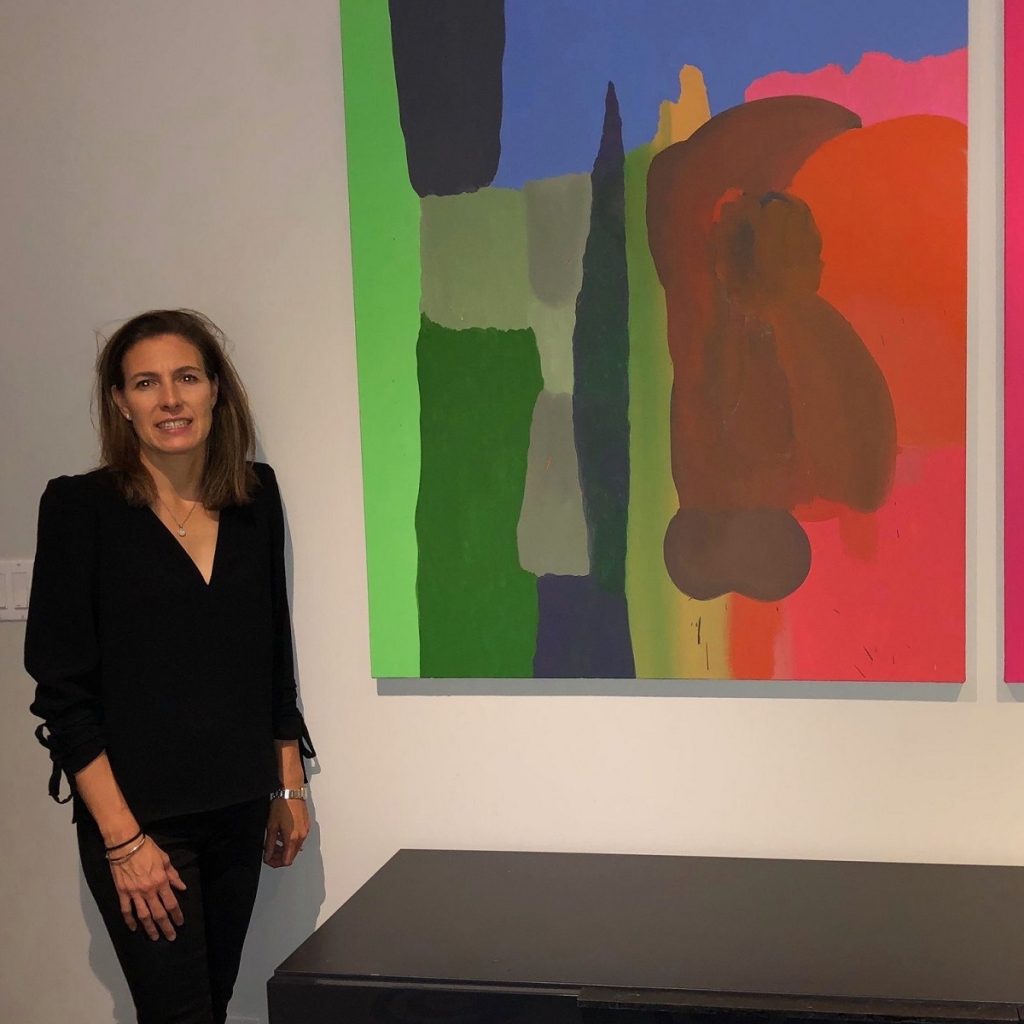
Pre-coronavirus, Brooke Molinaroli launched her business with intimate gatherings in her Larchmont home
Typically, art advisers are paid a percentage of the retail value of a work by the artist or a gallery, but, says Low, ‘the pay structure can vary depending on scope and additional services (i.e., installation, framing, managing collections).” Garvey says her fee structure also varies: “Long-term clients may have me on retainer because they have significant collections that I manage and curate. Often with new clients, I get paid a trade commission from individual galleries. And there are other services—like customized tours of galleries—for which I charge by the hour or at a flat rate.”
How To Find an Art Adviser
It’s easy enough to Google consultants in your area. Look at their websites; see if you’d be a good fit with their stable of artists. “If there’s contact information, I will grab that email and add it to the roster of recipients for my newsletter,” says Roux. “Because of that, many advisers have ended up getting in touch.”
Others, like Francie Kelley, have found him through Instagram. What makes him findable, Roux says, is hashtags, which are a powerful but sometimes slippery search mechanism. “For example, I did a series of paintings based on a residency I had in Iceland a few years ago. I posted one of the paintings on Instagram and used the hashtag #Iceland. Then I noticed that people who weren’t necessarily following me who were Iceland based, including a travel company and an art gallery. That was a good example for me about how powerful hashtags can be. I’ve also used the hashtag #artconsultant, which I’m sure people have used to find me.”
“When I first started fiddling around with Instagram, I thought this could be a great place for me to connect with interior designers,” says Kelley. “I didn’t even think about artists. And instead it’s offered me a wealth of info on new resources over the past four years. I like Instagram as a source to discover people. I’ll be following one artist, and that leads to other artists.”
Most advisers have instructions on their websites on how to submit works for their consideration, and most promise to respond. Garvey invites people interested in an affiliation with her to submit work for the “Select” show she produces in tandem with Artsy.net (deadline for this year is September 30; you can find more details here).
You may not fit with a particular project or client immediately, but the rewards seem worth the wait. “The one thing I really like about consultants is that they don’t need to limit the number of artists they represent. You can be in the database and get earmarked for projects. I don’t have any limits to the number of consultants I can use. I’m limited only by how much work I can do and if I’m interested. Never has a consultant asked for an exclusive relationship.”
You’ll need to do some homework and trolling on Instagram, but at a time when the art market seems more uncertain than ever, the investment may be worth it.
For Quick Reference:
Caroline Scott Low at CSL Art Consulting
Francie Kelley at Paragone
Liz Garvey at Garvey/Simon
Brooke Molinaroli at BAM art
For more information about how Peter Roux and other artists build careers on their own terms, see Taking Charge.
Top: An art party at Brooke Molinaroli’s Westchester home in October 2019
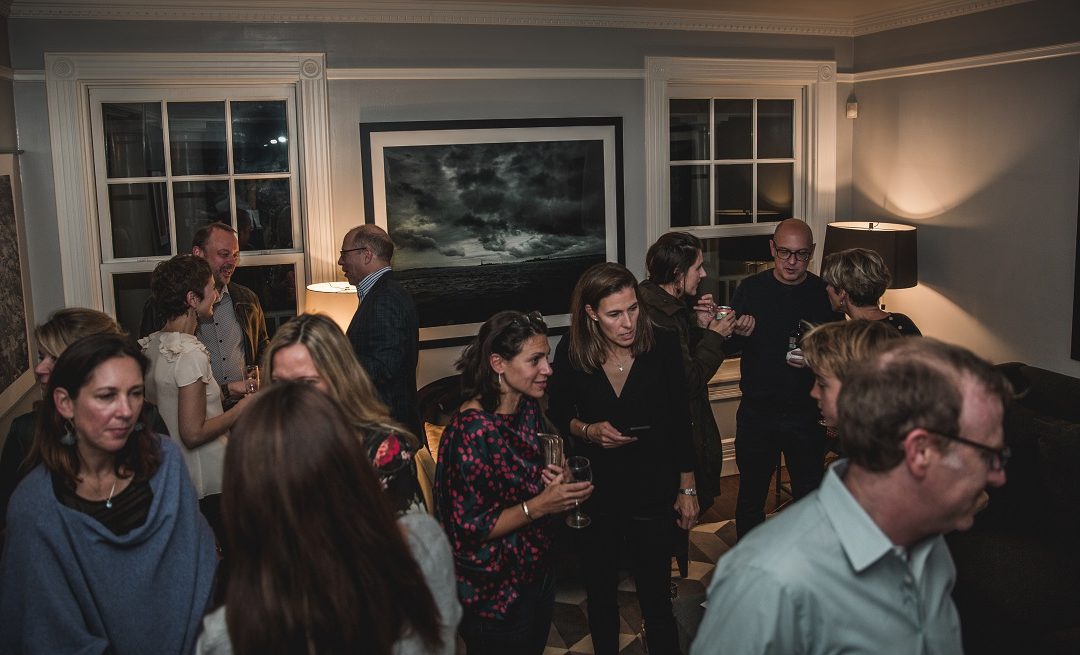
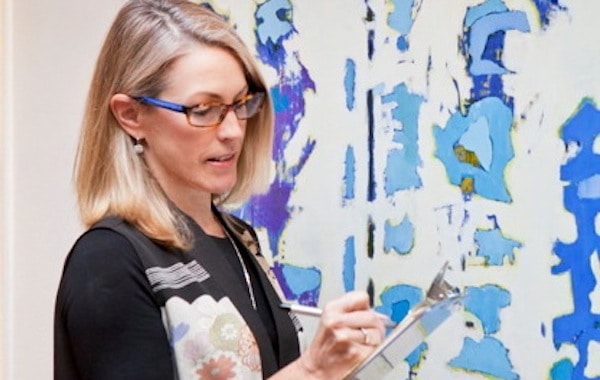
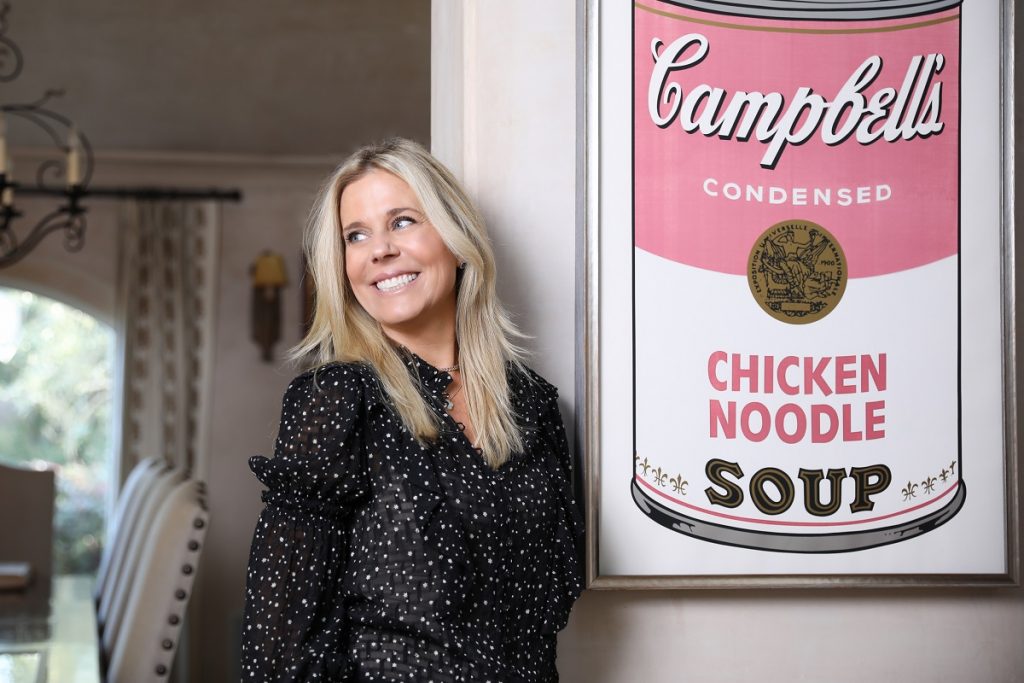
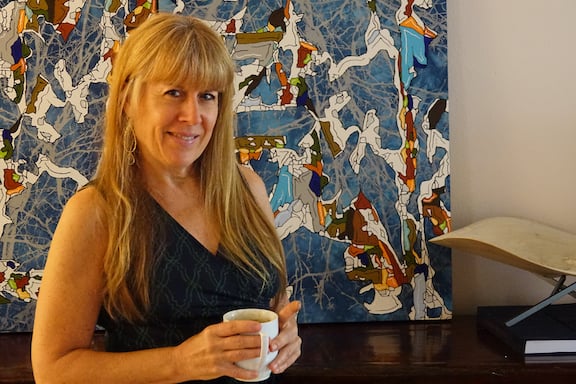
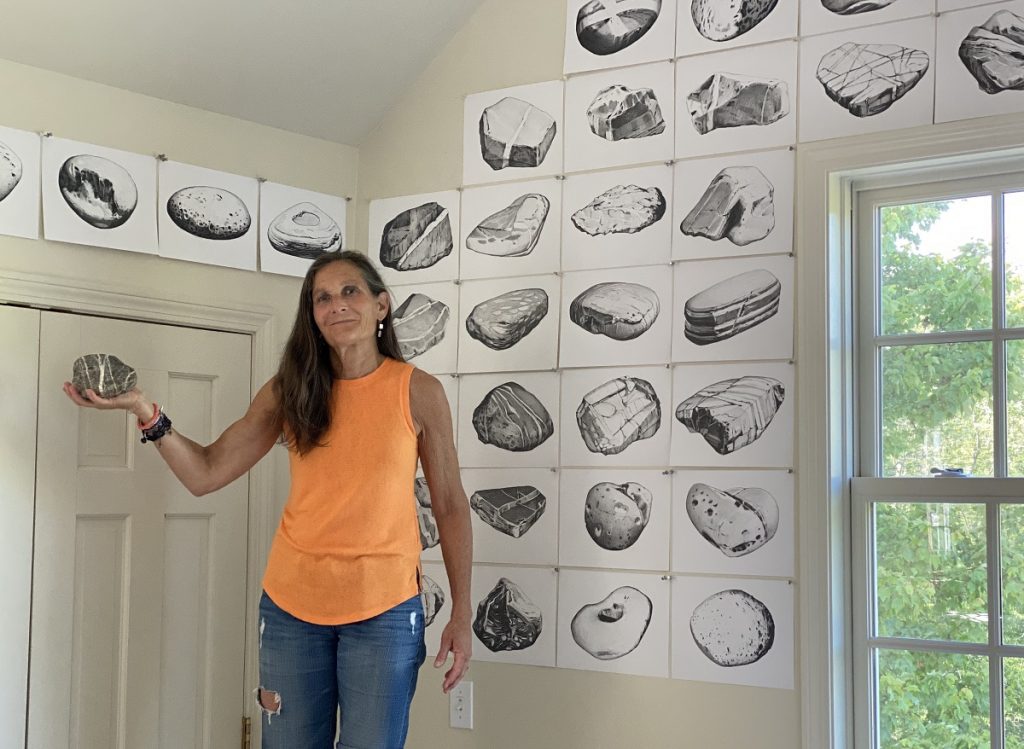
Very informative, especially for someone like myself with most of my art contacts in Europe and a studio in New York with 40 years worth of work that I am now in the process of archiving.
Thank you Ann for this insightful and prescient article- it gave me the nerve to contact a few arts consultants in Michigan. As a result I heard back from two, who have included me in their roster and now have a client interested in my work . A thousand thanks for the push!
Thumbs up, Amelia!